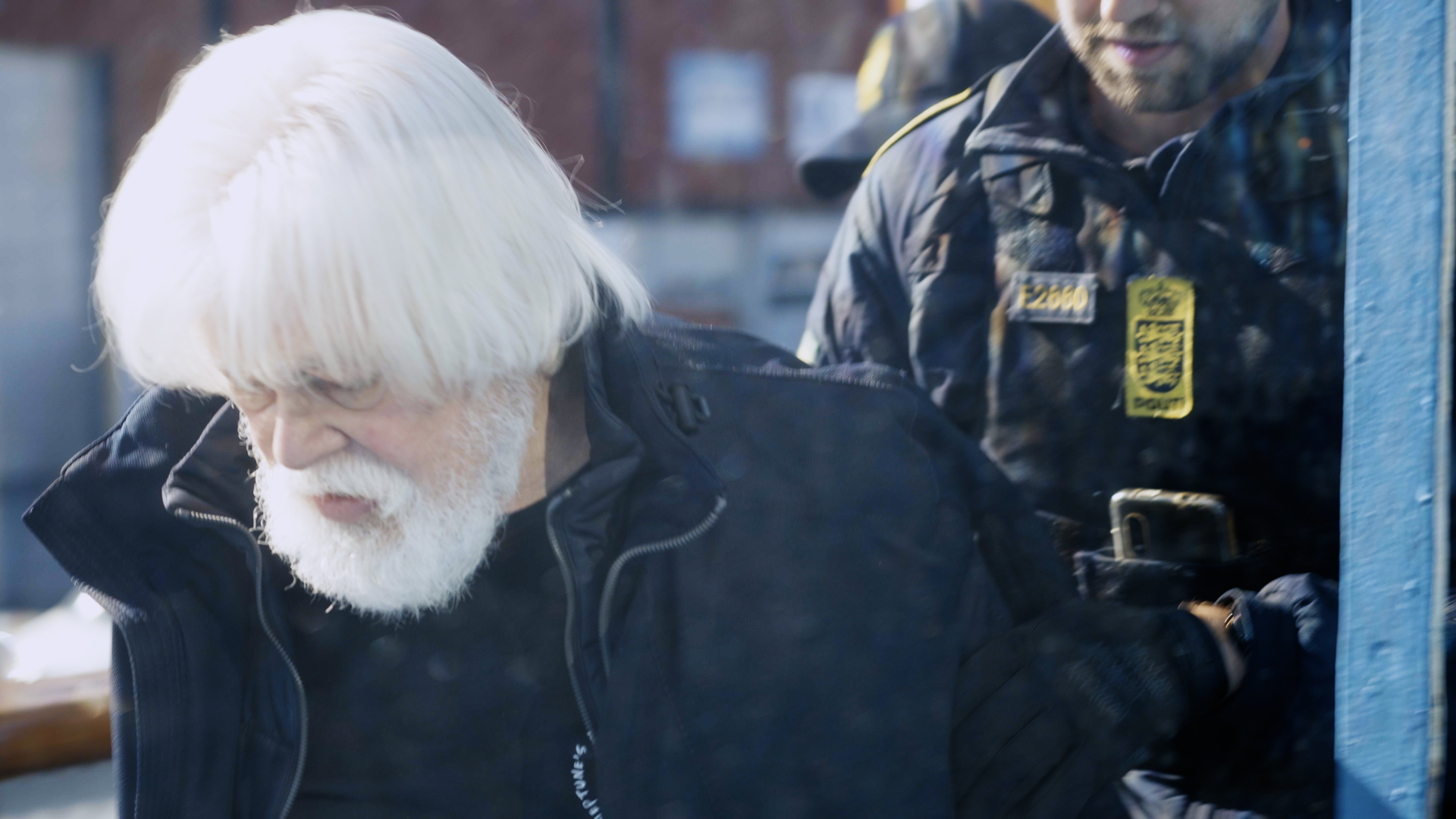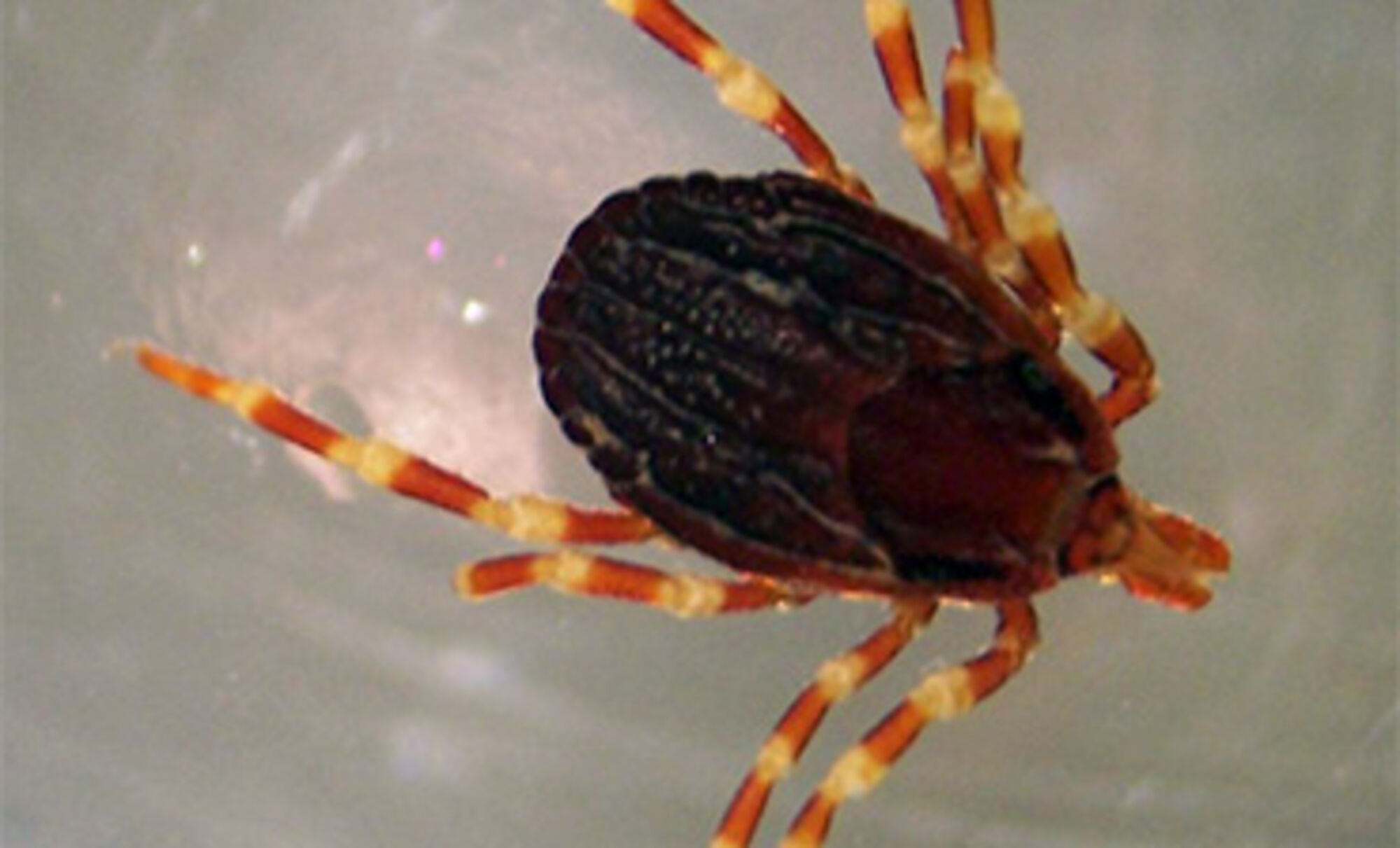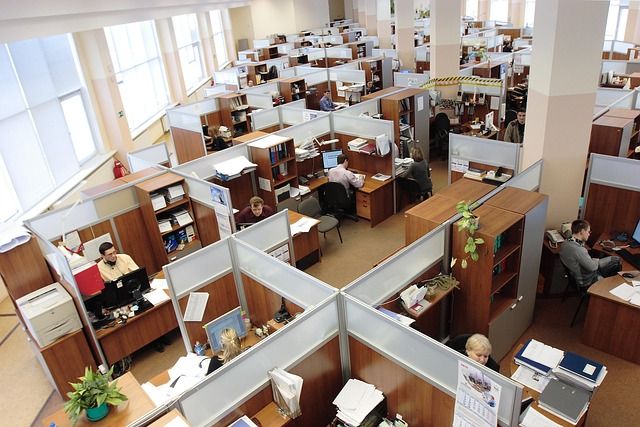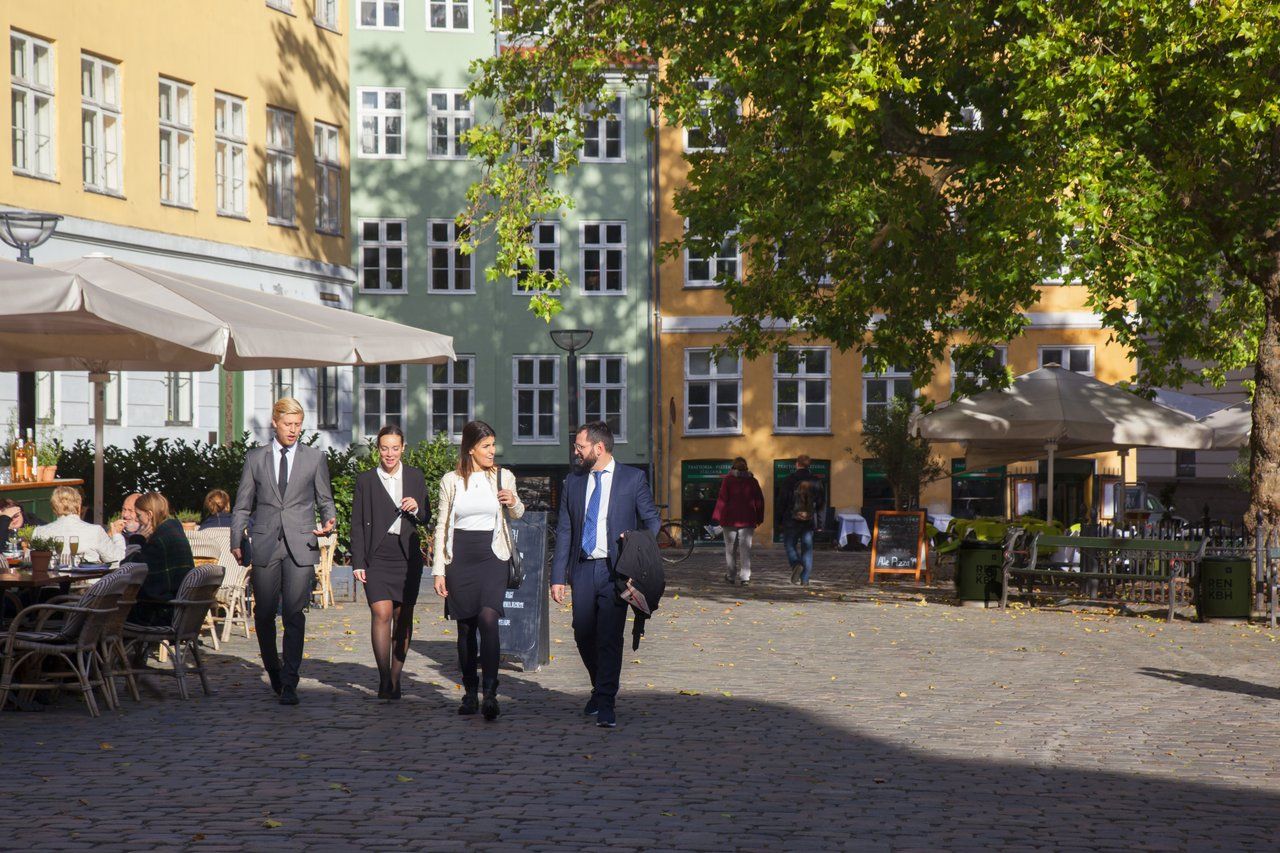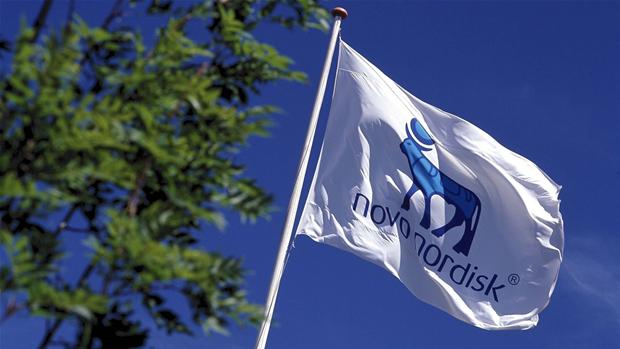A 27 billion kroner harbour tunnel to divert traffic away from the city centre came a step closer yesterday after Copenhagen City Council approved a model proposed by the Transport Ministry.
The approved tunnel will run 12 kilometres from Nordhavn in the north to the Amager Motorway in the south-west with access ramps located in Nordhavn, Refshaleøen, Kløvermarken and Amagerfælled.
The tunnel is hoped to be ready in seven years time and will divert 70,000 cars away from the city centre.

“We are very happy to start work on the harbour tunnel. We have been discussing it for almost 15 years and now the wheels are starting to turn,” city councillor Jakob Næsager (Konservative) told Politiken newspaper.
He added that the access ramps would act as a drain for street level traffic and draw it out to the north and south.
But not everyone is happy with the new harbour tunnel plan, least of all Copenhagen’s deputy mayor for technical and environmental affairs, Ayfer Baykal (Socialistisk Folkeparti).
She argued that while the tunnel will limit the amount of city centre traffic, there will actually be an increase in traffic in and around the access ramps.
“A harbour tunnel with so many access ramps is not green because it burdens the residents in Amager and Østerbro,” Baykal told science newspaper Ingeniøren. “The only area that will see less traffic is the city centre, but not many people live there. They live where the harbour tunnel is going to make more traffic.”
Baykal also criticised the fact that the traffic impact of the other tunnel options was not analysed by the engineering firm Rambøll, which was responsible for assessing the different models for a harbour tunnel.
As Rambøll’s report was only delivered a few weeks ago, criticism has also been levelled that not enough time has been spent examining the consequences of all the different tunnel options.
But Lars Weiss, the traffic spokesperson for the Socialdemokraterne, denied that the decision was rushed through by the council and that they were simply responding to the government’s demand for an answer.
He added that the model approved by the City Council was not binding and that there were many years to go before a much needed tunnel is dug, whatever its underground route might be.
“We live in a society where cars are unavoidable,” Weiss told Politiken. “But while there may be more environmentally friendly cars in the future, they will still use the same space.”

Baykal’s criticism that the tunnel will increase traffic is supported by the Rambøll report, which predicts the access ramps will increase traffic on Artillerivej and Amager Strandvej, while also increasing traffic on the Helsingør Motorway.
But Rambøll also found that the tunnel would lead to 23,700 fewer cars on Langebro, 9,000 fewer cars on Nørre Allé and 8,200 fewer cars on Åboulevard every day.
Other critics of the tunnel include Mikael Colville-Andersen, the maging director of pro-cycling Copenhagen Consulting, who argues that the 27 billion kroner would be better spent on improving public transport and cycling infrastructure.
“When you create more space for cars, more cars appear,” Colville-Andersen wrote on the Copenhagenize blog.
While the financing for the tunnel has yet to be found, Baykal wrote on Facebook that she would continue to fight for a different tunnel.
“The car lobby has shown its real face in the City Council," she said. "They are pursuing a harbour tunnel that will destroy a community allotment in Kløvermarken, a BMX trail by the Sjællands Bridge and not least destroy the beautiful protected areas by Amager Fælled. But the battle is not lost. I will keep on fighting – the greens must win over the cars.”



